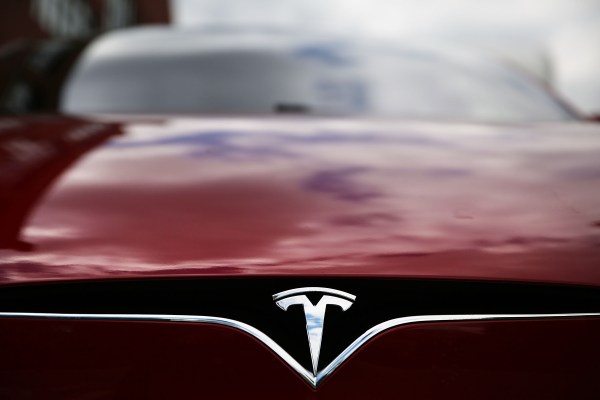The National Transportation Safety Board (NTSB) issued a preliminary report on the fatal crash involving a 2015 Tesla Model S and a 2014 Freightliner Cascadia truck in Williston, Florida in May.
Unfortunately, the report yields no major new insights.
The report confirms that the driver of the Tesla was going 74 miles per hour just prior to the crash, and on a highway where the speed limit was 65 miles per hour. It also confirms that he was using Tesla’s “advanced driver assistance features,” a.k.a. Autopilot, including “Traffic-Aware Cruise Control” and “Autosteer lane keeping assistance.”
The NTSB made no promises about when a final report will be issued, but noted that it typically takes a full year to complete data analysis and answer questions about the probable cause of a crash in such investigations.
A professor at George Washington University Law School, Wayne Cohen, who is also a founding partner of personal injury law firm Cohen & Cohen, said fatality reports are usually investigated by state police, not federal authorities.
The Tesla crash in Williston, Florida has garnered federal intervention, he said, because, “We are in an environment with vehicles on the road using increasingly complex technology, artificial intelligence that goes beyond the cruise control and event data recorders we’ve had for decades. The waters are muddied and unchartered with this technology when it comes to civil and criminal liability.”
Results of investigations will help answer questions for the families of those harmed or killed in accidents, perhaps most importantly. But they will also help the U.S. establish a framework for law and legislation to bring those vehicles into everyday use domestically, Cohen suggested.
Tesla did not yet respond to inquiries about how it is working with the NTSB, NHTSA and Florida state police to complete their various investigations into the fatal crash.
Since the crash occurred, the company has been called upon by Consumer Reports to “disable” and rename its Autopilot feature until it is made safer.
Tesla responded with a resounding “no,” to Consumer Reports, and really all its critics, with this statement:
“Tesla is constantly introducing enhancements, proven over millions of miles of internal testing, to ensure that drivers supported by Autopilot remain safer than those operating without assistance. We will continue to develop, validate, and release those enhancements as the technology grows.”
Tesla Motors CEO Elon Musk has also repeatedly pointed out that Tesla Motors vehicles have driven 130 million miles on Autopilot with one confirmed fatality, which is a safety record better than that of human drivers.
Last week, Musk published a “Master Plan” for Tesla’s future, including the goal of making Autopilot 10 times safer than traditional driving. In the plan, Musk said at the current rate, the company would see 6 billion miles driven by Tesla vehicles with Autopilot engaged in about 5.5 years. That’s the point at which he expects the technology will be ready for “global,” mainstream approval.
And of course, it’s not just Tesla’s technology that is under scrutiny. The company works with other vendors.
For example, it has used Mobileye image analysis processors to enable semi-autonomous driving. Today, Mobileye announced that partnership was coming to an end.
